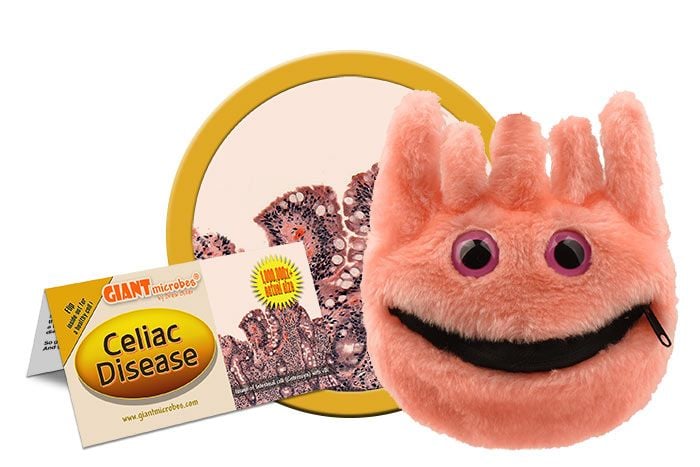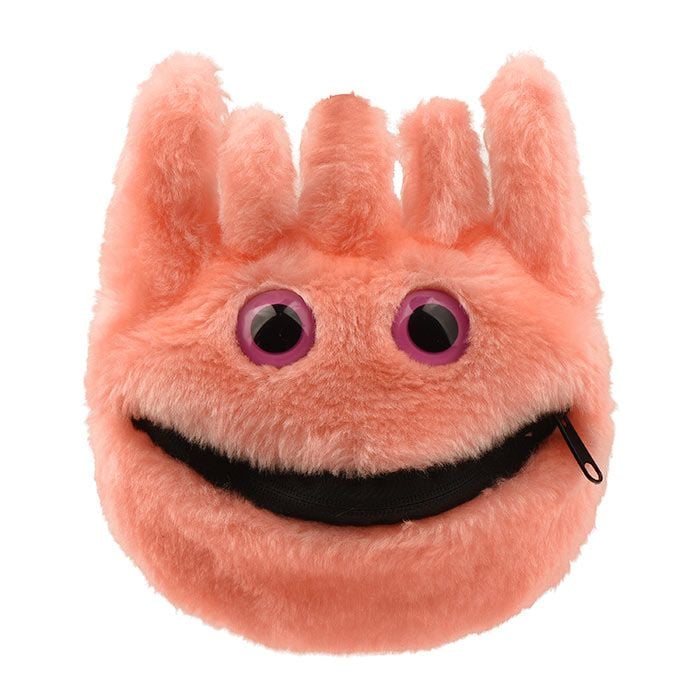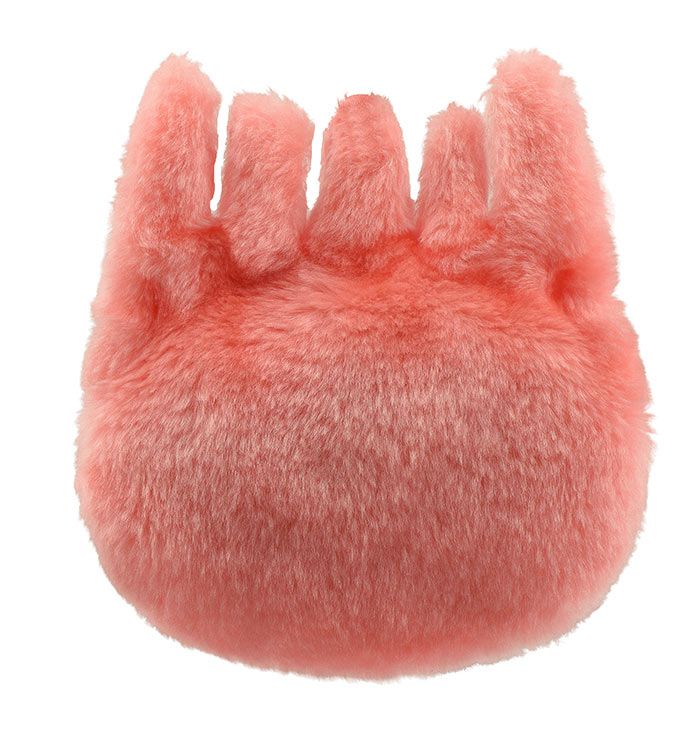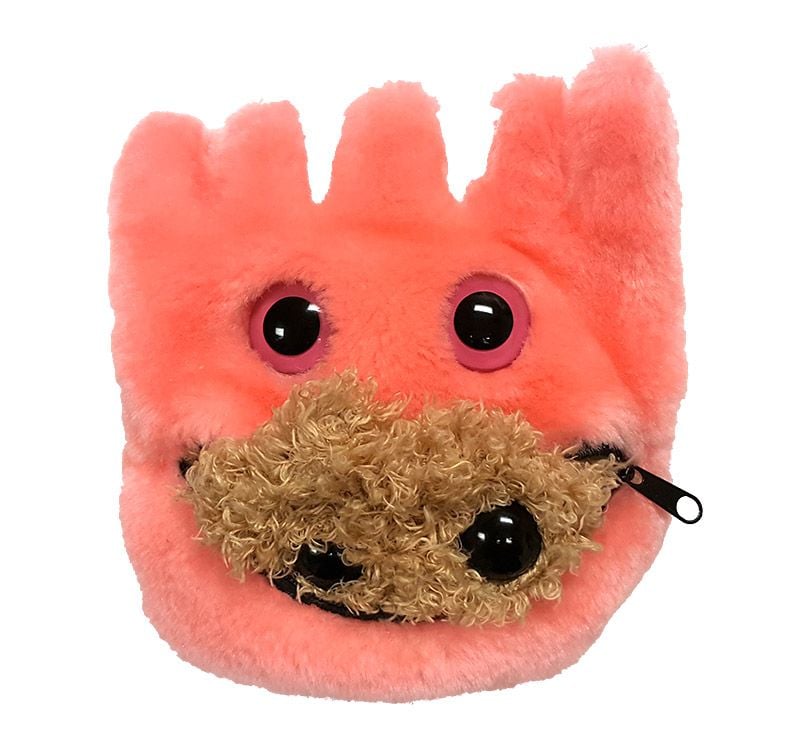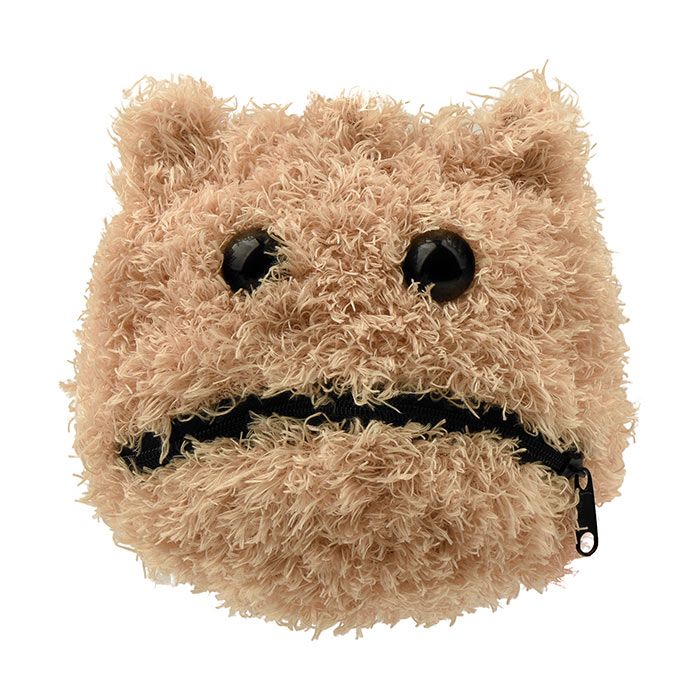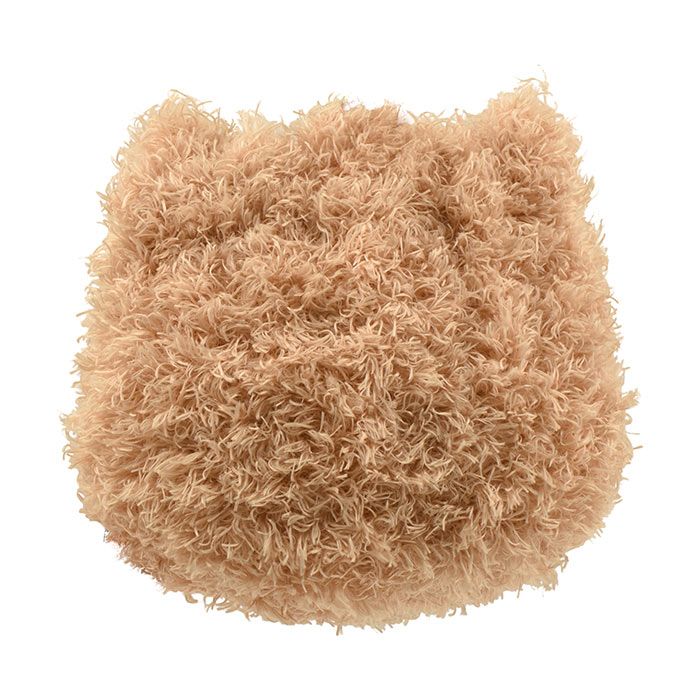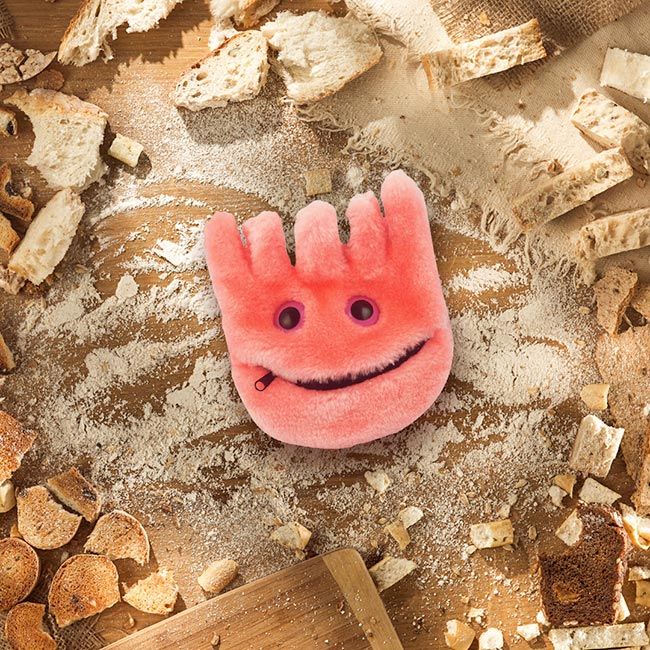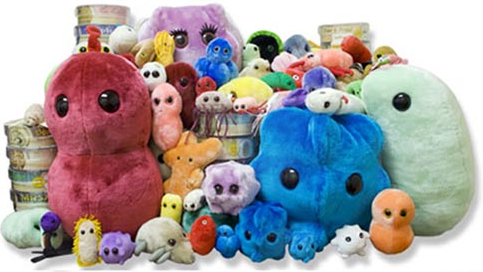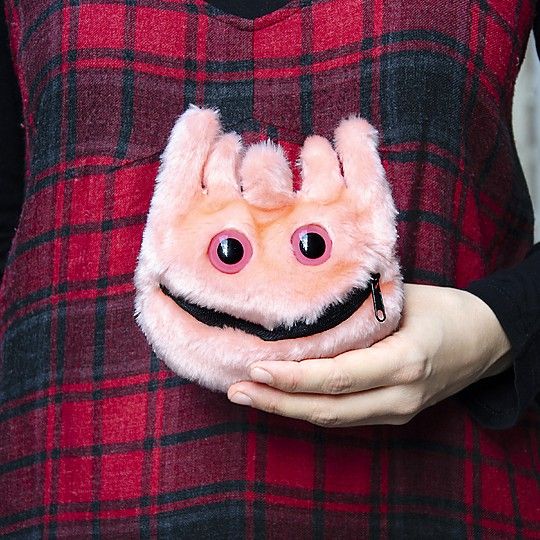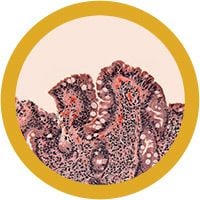Celiac Disease
While Celiac can cause you grief, this cuddly version is VILLI happy to see you! Learn all about this auto-immune disorder and how gluten affects your intestinal cells. Our plushie is soft, cuddly and makes the most memorable gift for loved ones dealing with gastrointestinal illness.
Fun and educational gift for friends, family, scientists, doctors, students, GI experts and anyone with a healthy sense of humor!
The unhappy cell side converts into a happy cell by turning it inside out! Features detailed stitching, high quality materials and includes an educational printed card with fascinating facts.
Size: 5" x 6" x 1.5”

The Celiac Disease Foundation is a global leader in patient advocacy, dedicated to accelerating diagnosis, treatments, and a cure for celiac disease. It drives research and education to improve the lives of those living with this autoimmune disease.
Product Details
Additional Information
| Sizes | Giantmicrobes are based on actual microbes, cells, organisms and other critters, only 1,000,000 times actual size! Gigantic (GG) 16-24" XL (XL) 10-15" Original (PD) 5-8" Keychain (KC) 2-4" with clip |
|---|---|
| Materials | Plush from all new materials. Stuffed with polyester fiber fill. Surface washable: sponge with water & soap, air dry. |
| Packaging | Each plush microbe includes a printed card with fun, educational and fascinating facts about the actual microbe or cell. |
| Safety | Every product meets or exceeds U.S. and European standards for safety. For ages 3 and up. |
All about Celiac Disease
FACTS: Celiac disease is a type of autoimmune disorder in which the body’s immune system does not function properly and attacks healthy cells. In the case of celiac, the ingestion of gluten causes an immune response that damages the small intestine. It is estimated that 1% of human beings are affected by celiac disease.
Gluten is a protein found in wheat and other grains. Celiac causes the billions of villi to diminish in size and lose their ability to absorb nutrients from food particles. Villi are the fingerlike folds that line the small intestine. Each villus has cells with their own microvilli.
All the folds and villi make the intestine’s surface massive, roughly 200 times the area of the surface of your skin! When the villi malfunction, it can cause anemia, weight loss and vitamin deficiencies. Symptoms of celiac include abdominal pain, bloating, cramps, fatigue, and joint pain. The treatment for celiac disease is a strict gluten-free diet. People on such a diet must avoid foods with wheat, rye, oats, barley, and certain other grains.
| Name | Celiac is a variation of the word “coeliac” which stems from “koiliakos”, the Greek word for abdomen. The symptoms and root cause of the disease all stem from this region of the body. |
|---|
| Actual Size | Normal villus are 0.5–1.6 mm, but individuals affected with celiac disease have shortened villus or no villus at all. |
|---|
| System | Immune and digestive systems. |
|---|
| Commonality | The disease affects between 1 in 150 people on a global scale. Rates, however, vary regionally and approximately 80% of intestinal cases go undiagnosed. |
|---|
| Symptoms | Celiac disease can cause abdominal bloating and pain, vomiting, diarrhea, short stature, bone and joint pain, and delayed development. In rare cases it can even cause seizures or infertility. |
|---|
| Cure | There is no cure. Those who are gluten intolerant will always be but there are treatments to alleviate symptoms. Once diagnosed, those with celiac disease must entirely cut gluten out of their diets. |
|---|
| History | This disease could not have existed prior to when humans began to cultivate grains in 9500 BCE. Symptoms of the condition were first recorded in the early 1800s and the pediatrician Samuel Gee gave the first modern-day description in 1887 by describing it as a dietary issue. About a decade later Christian Archibald Herter made the connection to carbohydrate consumption and wrote a book on children with celiac diseases, popularizing the ailment. Eventually in the late 1940s a Dutch pediatrician tied it together with wheat and gluten and treatments were investigated. |
|---|
| Fascinating Facts |
Celiac disease declined during the bread shortages of World War II, but climbed again after the war was over. Half of all people affected show no symptoms. September 13th is Celiac Awareness Day. |
|---|


